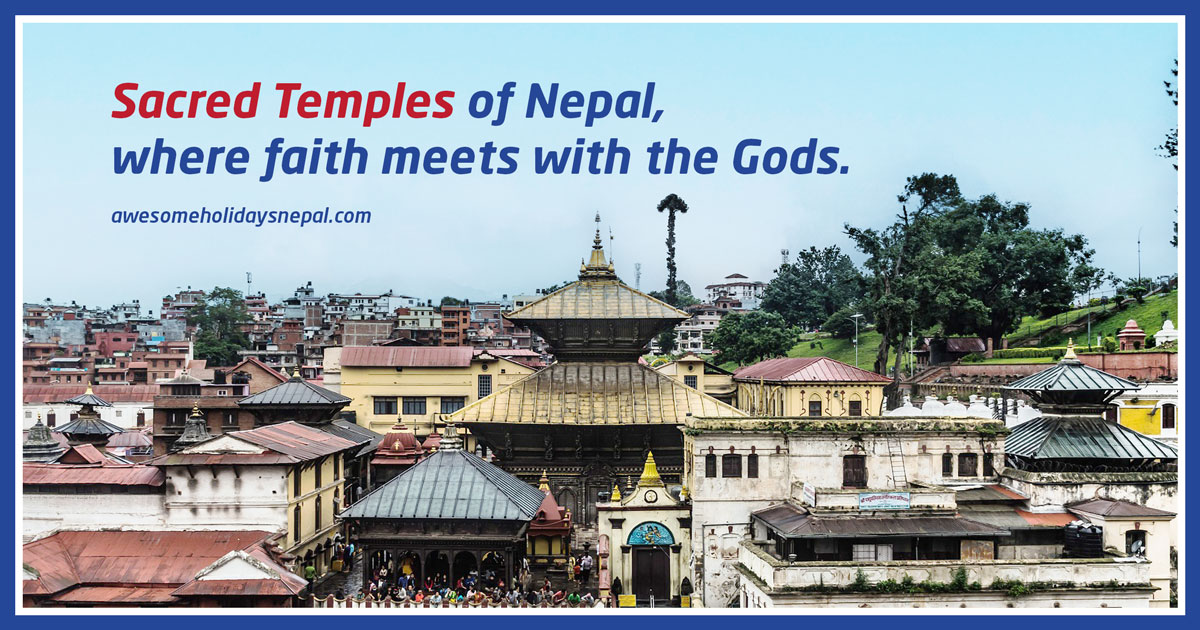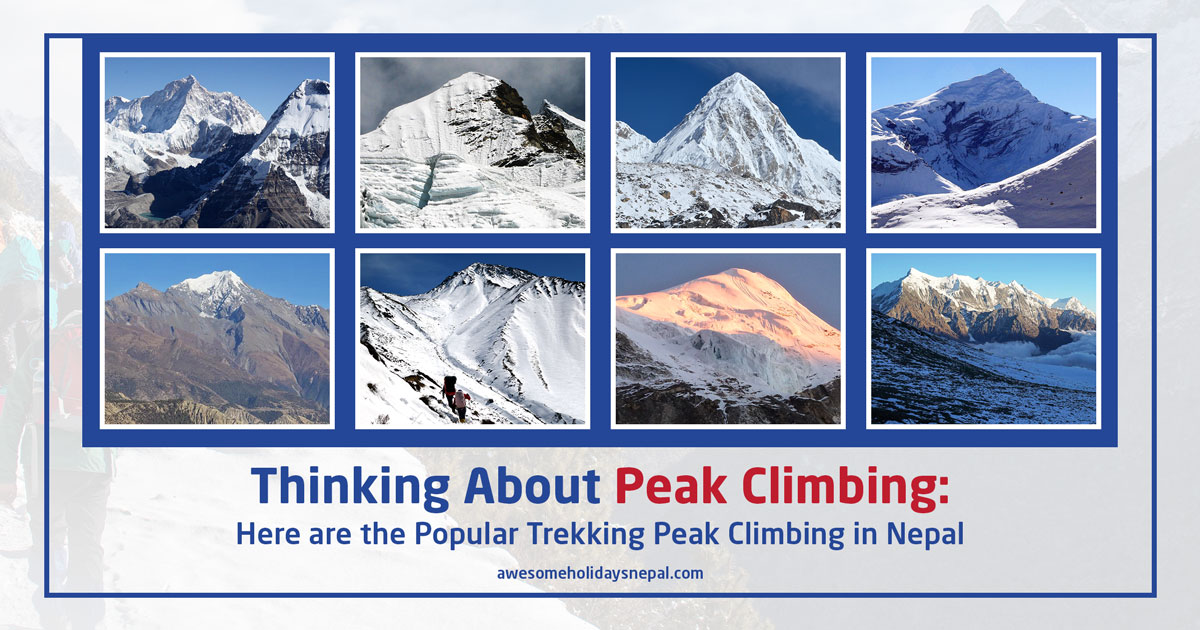Best Time for Langtang Valley Trek
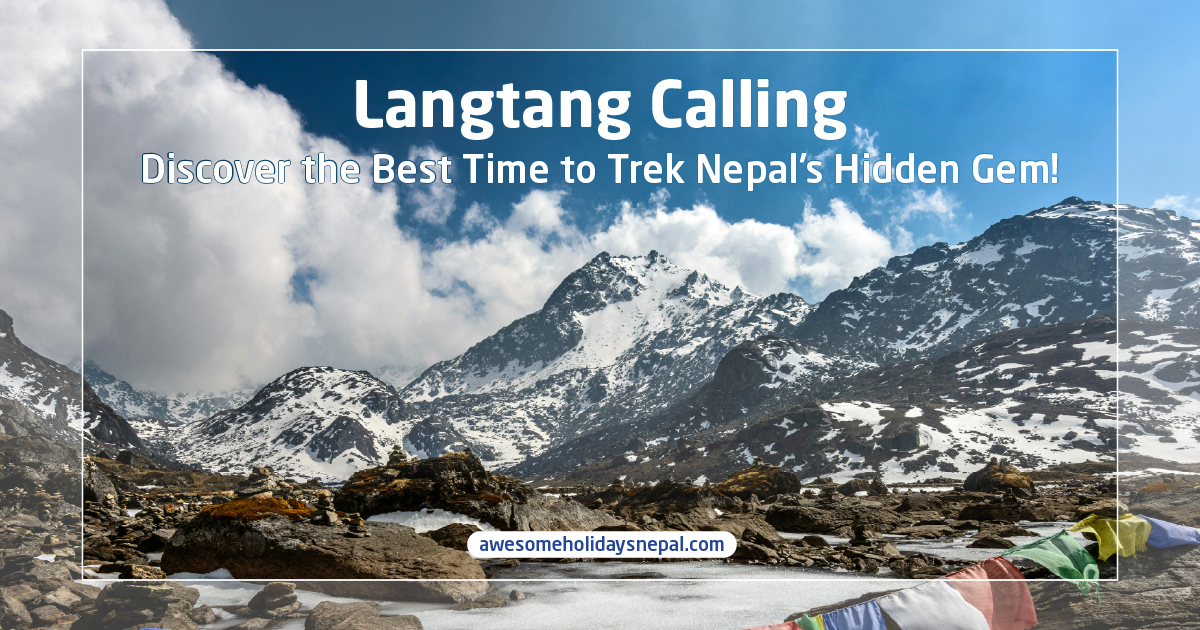
Langtang Valley is one of Nepal’s most scenic trekking destinations, located just north of Kathmandu in the Himalayas. The region is renowned for its breathtaking mountain vistas, rich Tamang culture, and biodiversity.
It is a hidden treasure for all the adventurers and nature enthusiasts. Although the Langtang Valley Trek may be completed at any time of year, picking the optimum season will significantly improve your trekking experience.
Each season—spring, summer, autumn, and winter—offers something unique in terms of climate, views, trail conditions, and cultural encounters. Let’s take a deeper look at what each season has to offer and how to prepare for it, so you can choose the best time for Langtang Valley Trek based on your priorities and preferences.
Things to Know Before the Langtang Valley Trek: The Ultimate Guide
Langtang Valley Trek Highlights
- Kyanjin Gompa greets you with its calm atmosphere and stunning views of Langtang Lirung
- You’ll be rewarded with a 360° panorama of snow-capped Himalayan peaks after a quick hike to Tserko Ri or Kyanjin Ri.
- Getting accustomed to traditional Tamang villages such as Langtang and Syabrubesi with a glimpse into age-old mountain life.
- Vibrant rhododendron forests, and bamboo groves alongside the melodic Langtang River.
- Explore sacred monasteries, and savor delicious local yak cheese,
- Soak yourself in the spiritual vibe of the mountains.
- This moderate trek offers the perfect balance of culture, nature, and altitude for all adventure lovers.
Best Time for Langtang Valley Trek
Langtang Trek in Spring (March to May)
Yup, you guessed it right, spring is one of the most preferred seasons for the Langtang Valley Trek. As the Winter melts away, the whole scenery turns into a vibrant tapestry.
As the rhododendrons explode into bloom all over the hillsides, the forest is saturated with vivid reds, pinks, and whites. As for the temperature, during the daytime it usually ranges from 10 to 20 degrees Celsius, so the weather is pleasant and is perfect for long walking days free of heat or cold.
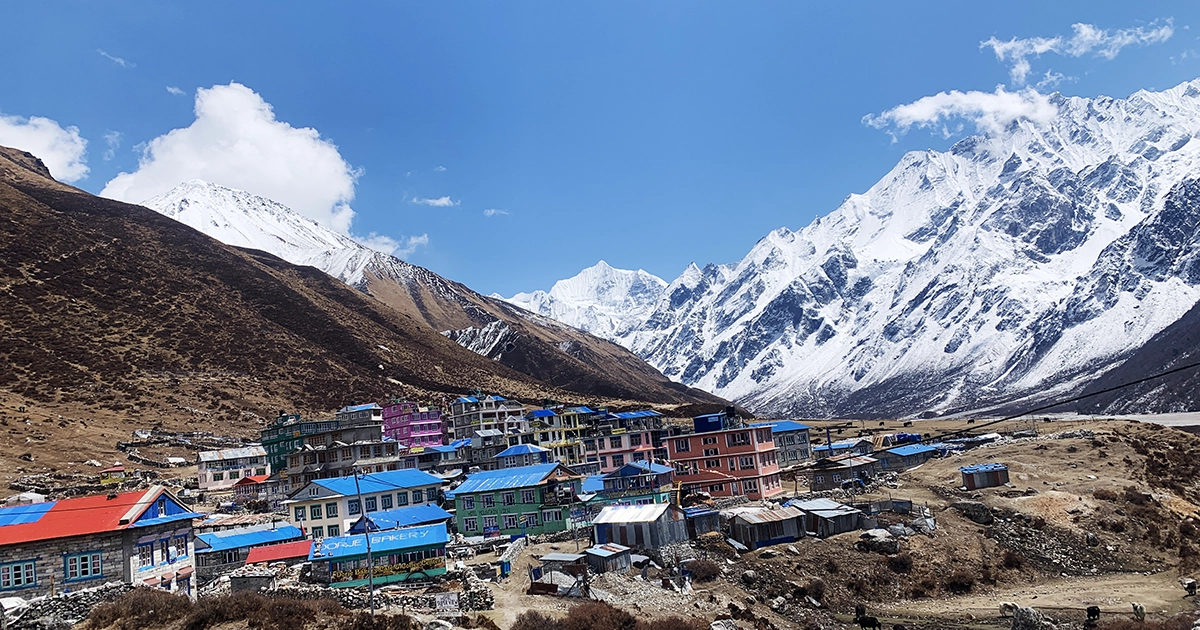
The clarity of the skies is one of spring’s greatest attractions. Little rain and little haze allow the mountains to show themselves in all their glory—Langtang Lirung, Ganesh Himal, and other snow-dusted giants stand tall against deep blue backdrops. Additionally at its peak is wildlife activity; calls from birds resonate throughout the woods.
There are also cultural attractions this season, such as Buddha Jayanti, which you can observe in nearby communities along the road. Generally speaking, spring is ideal for people looking for a beautiful, cozy, and energetic trek.
Spring Highlights:
- Get to witness wildflowers and blooming rhododendrons throughout the forest trails
- Pleasant and stable weather for high-altitude trekking
- Get swept by stunning mountain views under clear skies
- Chance to witness local festivities such as Buddha Jayanti, Mani Rimdu, etc.
- Rich biodiversity including possible sightings of red panda and Himalayan birds
Checkout, why you should go for Spring Treks in Nepal.
Challenges:
- Due to melting snows, the trekking routes might be muddy or slippery
- Lodges may fill up quickly—best to book hotels early
- As it is peak season the trekking routes might be crowded with other trekkers
Langtang Trek in Autumn (September to November)
The Langtang Valley Trek is best done in the autumn as it is the best time for Langtang Valley trek. The beautiful blue canvas created by the monsoon rain opens up and provides amazing vistas of snowy peaks and vivid forests once the dust from the air is removed.
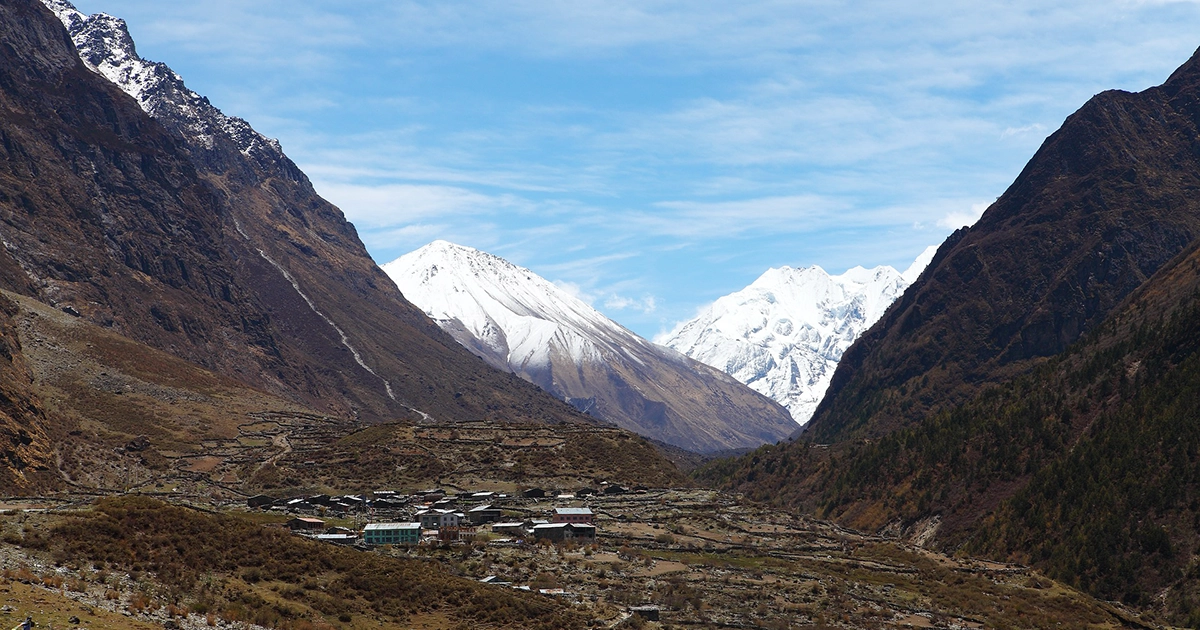
During the daytime, the temperatures range from 15°C to 20°C (59°F to 68°F) and in the evenings it ranges between 5°C to 10°C (41°F to 50°F). The autumn season offers the most consistent weather round the year. Little risk of rain makes it perfect for an uninterrupted trek.
Apart from its stunning scenery, autumn is when Nepal’s most major celebrations—Dashain and Tihar—occur during this season and offers you a chance to fully experience the local culture and festivities throughout the trip.
Autumn Highlights:
- Best weather for trekking with excellent visibility
- Get to experience vibrant culture with local festivals
- Crisp, fresh air and golden autumn colors in the landscape
- Get acquainted with trekkers from all over the world as it is peak time
Challenges:
- It might be hard to get accommodation without early booking
- Prices for rooms and services may slightly increase due to high demand
- Most popular season means more crowds
Curious to know the Best Things to do During Langtang Trek? Do read our blog.
Langtang Trek in Summer/Monsoon (June to August)
Summer in Langtang falls during Nepal’s monsoon season. Although temperatures vary from 10°C to 25°C (50°F to 77°F), consistent rain complicates trekking conditions. The trails might be slippery and soiled, and there’s chances of landslides that sometimes interrupt routes.
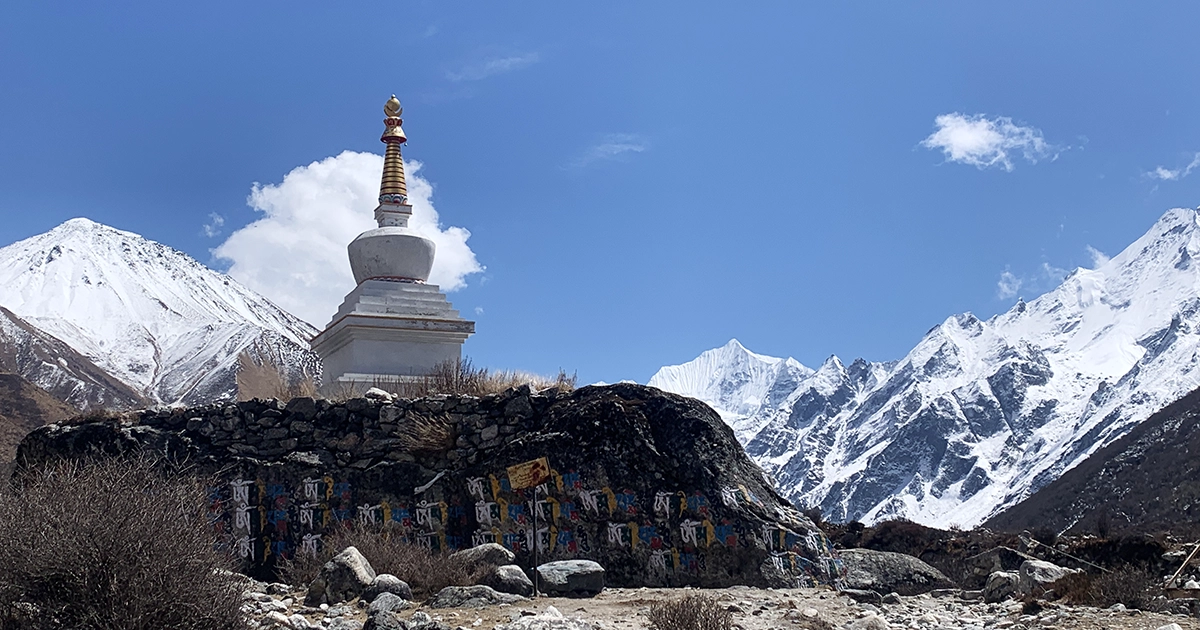
Still, the summer season has its own unique charm. The valley gleams emerald after every rainfall. The waterfalls burst alive in full force, and the woods become dense and verdant. Offering a near view of the local way of life, terraced farms hum with agricultural activity. For those who don’t mind a bit of moisture, it’s a season of spiritual and natural richness.
Summer Highlights:
- Experience lush greenery and rain-washed landscapes
- Unique cultural experiences like Tarna and Janai Purnima festivals
- Peaceful journey due to fewer trekkers on the trail
- An ideal season for photographers to capture dramatic cloud patterns and natural contrasts
Challenges:
- Trails are muddy, leech-infested, and prone to landslides in certain sections
- Views are often blocked by fog and clouds
- There may be delay in travel due to road or weather conditions
Langtang Trek in Winter (December to February)
Langtang Valley’s winter is cold, peaceful, and absolutely amazing. The crowds during spring and autumn vanish, and the area becomes quiet and you get to experience a meditative trekking. At higher altitudes, snow starts to cover the mountains in white. While nights can drop below -10°C in the upper sections of the trail, and the daytime temperatures vary from 5°C to 15°C.
Although the cold can be unpleasant, those who dare the winter chill are rewarded with calm pathways and mountain views that are crystal-clear. As the few trekkers pass through this time, you are greeted by the local people, and their warmth becomes even more touching. Since some teahouses at higher elevations could be shuttered because of snow, it is best to make plans wisely and be adaptable.
Winter Highlights:
- Serene, snow-covered trails with minimal crowds
- Majestic mountain views and surreal winter light
- Opportunity to spot winter wildlife like Himalayan Thar and Snow Leopard
- Deeper connection with the local community during their quieter season
Challenges:
- Harsh cold temperatures, especially at night
- Snow and ice can make trails difficult and slower to navigate
- Some lodges may be closed due to snow or lack of demand
- Limited daylight hours require early starts and well-planned day
Permits and Fees for Langtang Trek
TIMS (Trekkers’ Information Management System)
Acquiring the Trekkers’ Information Management Systems (TIMS Card) before trekking is mandatory to ensure the safety and security of trekkers in the general trekking areas.
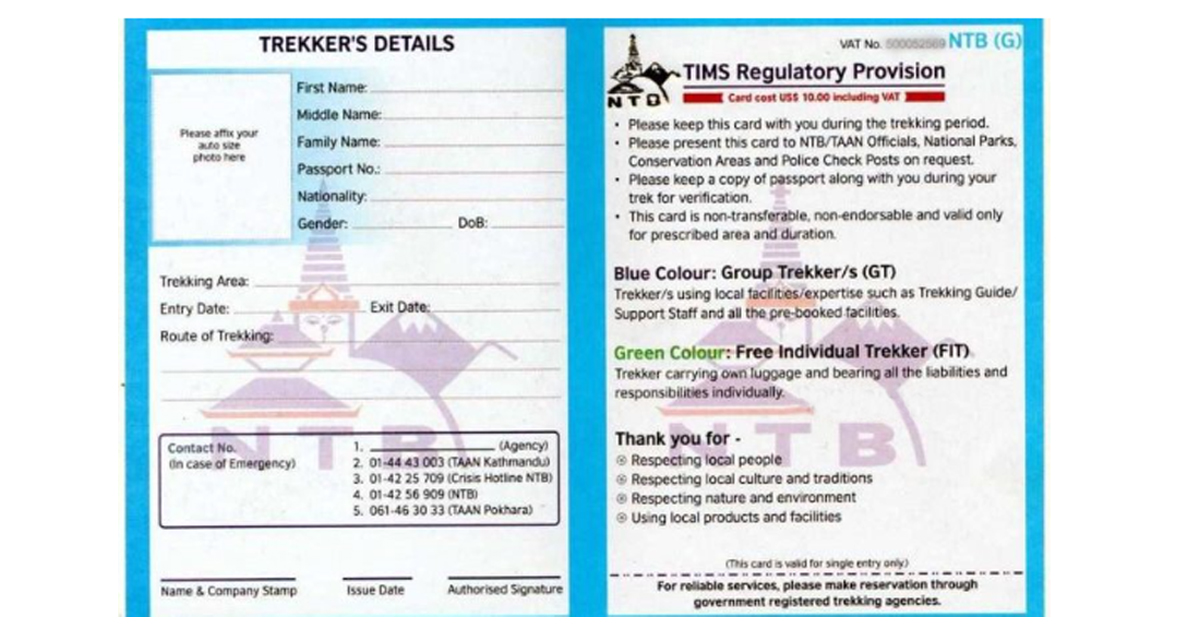
Langtang National Park Permit
Out of 12 national parks in Nepal, Langtang National Park is one of the most pristine national parks of Nepal. Situated north of Kathmandu, it is the most easily accessible highland sanctuary from the capital.
Insurance for Trekking
Though close to the capital city, Kathmandu, the Langtang Valley trek is an isolated trail from sophisticated facilities and belongs to a remote area. Every visitor is strongly advised to get proper travel insurance to protect their valuables from loss or robbery.
Make sure the travel insurance covers insurance for emergency evacuation and cover for health hazards. You are recommended to select a well-experienced agency with expertise covering outdoor activities and operating in the region for a long time.
Which is the Best Time for Langtang Valley Trek?
Each season reveals a different aspect of Langtang Valley’s beauty, making it a year-round trekking destination.
Primarily, spring (March to May) and autumn (September to November) seasons are the best time for Langtang Valley Trek if you want the perfect mix of weather, visibility, and general comfort. These seasons make your hike easy and gratifying with bright skies, mild temperatures, rich cultural interactions, and active environment.
No matter the season, Langtang provides every visitor with an unforgettable Himalayan beauty, cultural richness, and personal transformation.
FAQs
Expand AllHow long does the Langtang Valley trek take?
The Tamang Heritage trek with Langtang Valley usually takes 13 days to complete. However, the trek duration might vary depending on your chosen route and the packages you booked. If you have time constraints, you can customize this trek to suit the available days.
What kind of fitness level is required?
The Langtang Valley trek requires a moderate fitness level since you will walk at least 6-7 hours a day. You will also require good cardiovascular endurance and muscular strength to ascend quickly through rough terrain.
If you aren’t somebody who doesn’t perform physical training regularly, it is better to start training at least ¾ months in advance. Ensure you include cardio, flexibility exercises, and strength training in your workout to prepare your body for the trek.
What permits are required for the Langtang Valley Trek?
To trek through the Langtang Valley, you will require two passes: the Langtang National Park Entry Permit and the TIMS card. The Tourism Board of Nepal can easily issue these passes.
What is the best season for the Langtang Valley Trek?
Most of the trekking routes in Nepal follow a similar pattern of seasonality. The autumn season (September, October, and November) is the best season for trekking to the Langtang valley, as the climate is favorable, and the trekking route is rich in luscious greens. For a safe, memorable, and awesome experience, plan a trek between mid-September and November or March and June.
What is the altitude of Langtang Valley, and is altitude sickness a concern?
Langtang Valley is situated at an altitude approximately 3,500 meters (11,482 feet), with higher points like Tserko Ri that reaches 5,033 meters (16,512 feet). Yeah, altitude sickness can be a concern, so you need to stay hydrated, acclimatize properly, and ascent gradually.
What is the weather like on the trek?
The weather can be quite unpredictable if you are trekking in a mountainous region. Usually, the temperature is lower and can drop to freezing at night.
Besides, the higher elevation areas often have snowstorms, soft rains, and chilled breezes.
Do you need a guide for the Langtang trek?
The Langtang Circuit trek comes under a restricted area trek. Hence, an officially registered guide is compulsory for traveling to this region. A minimum of two people is required to get the permit.
What is Langtang valley like in the Winter?
During the winter, the temperature may drop below -10°C during nights in the upper sections of the trail, and temperatures vary from 5°C to 15°C during the daytime.
Related blog posts
Discover a choice of tourist destinations loved by most of our visitors. Whether you're on a jungle safari to spot rare animals or walking through a world heritage site, these well-planned itineraries cover the major highlights of Nepal.



